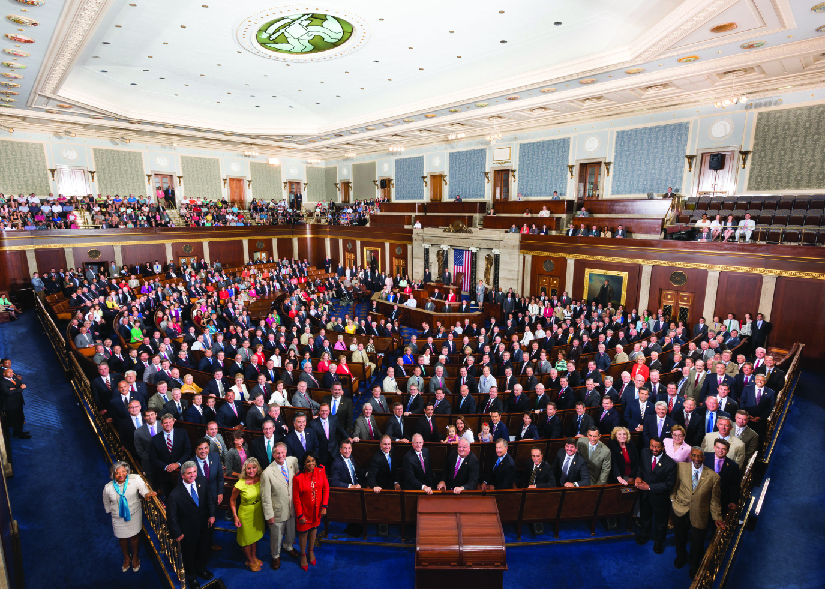| << Chapter < Page | Chapter >> Page > |

The makeup of Congress is important because race, sex, profession, education, and socioeconomic class have an important effect on people’s political interests. For example, changes in the way taxes are levied and spent do not affect all citizens equally. A flat tax, which generally requires that everyone pay the same percentage rate, hurts the poor more than it does the rich. If the income tax rate was flat at 10 percent, all Americans would have to pay 10 percent of their income to the federal government. Someone who made $40,000 a year would have to pay $4,000 and be left with only $36,000 to live on. Someone who made $1,000,000 would have to pay $100,000, a greater sum, but he or she would still be left with $900,000. People who were not wealthy would probably pay more than they could comfortably afford, while the wealthy, who could afford to pay more and still live well, would not see a real impact on their daily lives. Similarly, the allocation of revenue affects the rich and the poor differently. Giving more money to public education does not benefit the wealthy as much as it does the poor, because the wealthy are more likely than the poor to send their children to private schools or to at least have the option of doing so. However, better funded public schools have the potential to greatly improve the upward mobility of members of other socioeconomic classes who have no other option than to send their children to public schools.
Currently, more than half of the members of Congress are millionaires; their median net worth is just over $1 million, and some have much more.
Pluralist theory rejects this approach, arguing that although there are elite members of society they do not control government. Instead, pluralists argue, political power is distributed throughout society. Rather than resting in the hands of individuals, a variety of organized groups hold power, with some groups having more influence on certain issues than others. Thousands of
interest group s exist in the United States.

Notification Switch
Would you like to follow the 'American government' conversation and receive update notifications?